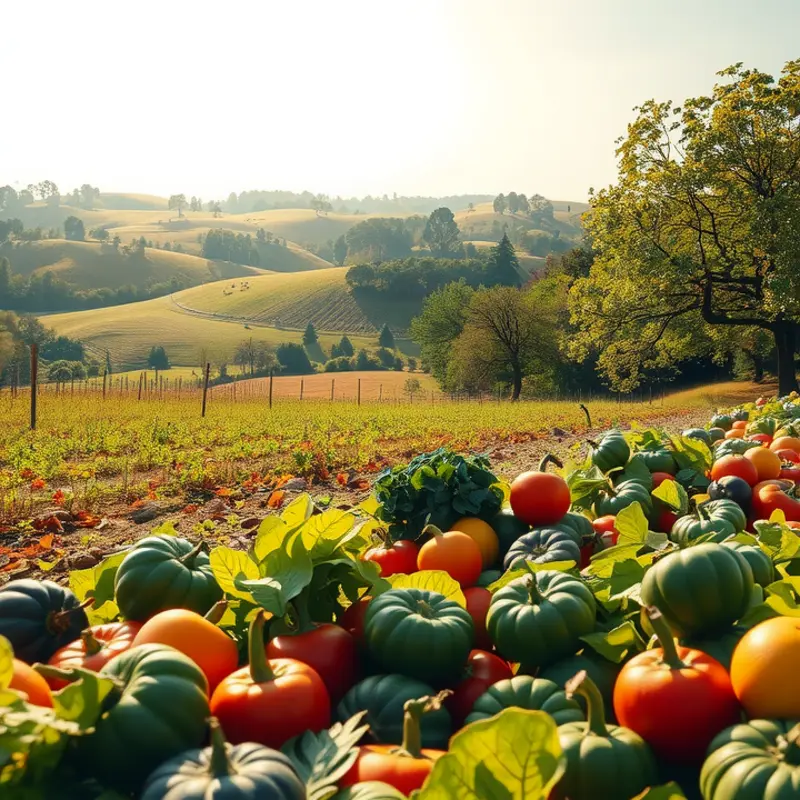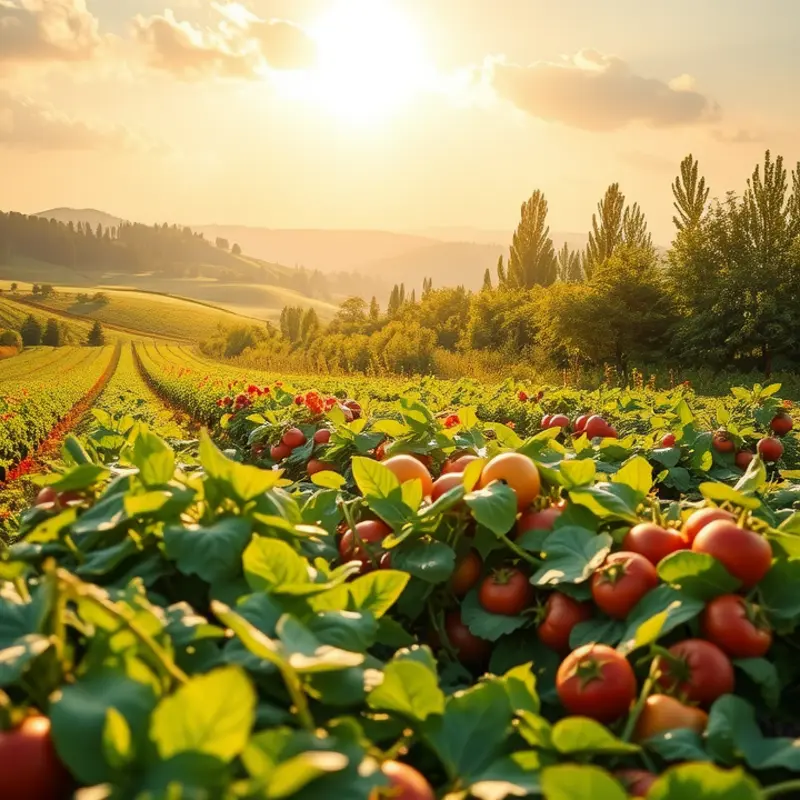Improving your slicing skills can make a significant difference in your cooking experience. Not only does it enhance presentation, but proper slicing techniques also ensure safety and efficiency in the kitchen. Whether you’re just starting your culinary journey or a seasoned home cook, adopting safer slicing methods will boost your confidence. Let’s explore practical techniques that simplify this essential skill.
Choosing the Right Tools

Mastering safer slicing techniques begins with choosing the right tools. A well-equipped kitchen requires certain essential items: a selection of knives and a suitable cutting board. These tools form the foundation of safe and effective slicing.
Essential Knives
A versatile kitchen requires several types of knives. The most crucial are the chef’s knife, paring knife, and serrated knife. The chef’s knife, approximately eight inches long, is a staple. It’s ideal for slicing, dicing, and chopping a variety of ingredients. A paring knife, typically three to four inches, excels in tasks requiring precision, such as peeling fruits and vegetables. The serrated knife, indispensable for slicing bread and tomatoes, cuts through tough exteriors without crushing the interior.
Having the right knife isn’t enough. It’s important to know how to maintain it effectively. Regular sharpening is crucial. A sharp blade requires less force, reducing the risk of slipping and injury. Consider using a honing steel before each use to realign the blade’s edge. Periodically, use a sharpening stone or a professional sharpening service.
Selecting a Cutting Board
Equally important as knives is selecting the right cutting board. Plastic and wooden boards each have unique advantages. Plastic boards are easier to sanitize. They can be placed in the dishwasher after use, reducing bacterial risk. Wooden boards, though, are gentler on knife blades. They require hand washing but provide a more traditional cutting experience.
Consider the board’s stability. A slipping board can lead to accidents. If your cutting board tends to move, place a damp towel underneath. This simple trick ensures stability, providing a safe cutting environment.
Importance of Sharpness
Never underestimate a sharp blade’s importance. A dull knife forces more pressure, increasing muscle fatigue and decreasing control. Sharp knives make cleaner, more efficient cuts, saving time and effort.
To extend the longevity of your knife’s sharpness, use appropriate cutting surfaces. Avoid cutting on glass, marble, or granite. These surfaces dull the blade quickly, compromising effectiveness and safety.
Investing in these essential tools and maintaining them can transform your culinary experience. A well-equipped kitchen goes beyond aesthetics; it enhances skill and prioritizes safety. As you cultivate these practices, remember that every slice is a step towards mastering safer slicing techniques. For more cooking tips, explore our easy vegetable blanching guide, which further improves kitchen skills.
Mastering Safe Slicing Techniques

Once you have selected the correct knife for your task, mastering the art of slicing safely is crucial. Effective knife grip, proper body positioning, and mindful slicing motions can significantly minimize the risk of injury in the kitchen.
Start with the correct grip. A firm, comfortable grip provides the foundation for safe slicing. Place your thumb and forefinger on either side of the blade, just beyond the handle, allowing for precision control. This “pinch grip” gives you balance and prevents the knife from slipping during use. For the rest of the fingers, wrap them around the handle firmly but naturally.
Position your body carefully around the cutting board. Your stance should be balanced, feet shoulder-width apart, which offers the best stability. Keep your shoulders relaxed to avoid fatigue and maintain nimbleness throughout food preparation. Align your cutting board at waist level; it ensures comfortable movement and reduces strain.
The motion of your slices is just as important as your grip and stance. Slicing is not about force but precision. Use a rocking motion with the knife, where the tip remains in contact with the board while the handle moves up and down in a controlled arc. This motion helps maintain stability and accuracy.
Mindful attention to your “guiding hand” enhances safety and precision. This hand holds the food you are slicing, and proper technique involves curling your fingers into a claw shape. This claw grip not only secures the food but also positions your fingers safely behind your knuckles, reducing the chance of nicks.
Every slice should be deliberate and steady. Rushing increases the likelihood of accidents. Practice conscious breathing and focus on your actions, similar to techniques suggested in mindful food practices. Learn more about mindful food journaling to enhance focus.
Honing your skills requires practice and patience. Begin with softer foods, such as tomatoes or zucchini, to develop fluidity and control. As your confidence grows, progress to denser foods like potatoes or carrots. Each step builds proficiency, making you more adept at handling various ingredients while maintaining safety.
Remember, clean and organized workspaces contribute to safety. Wish away distractions like unused kitchen tools or ingredients outside the immediate task. A clutter-free environment lets you focus entirely on your slicing, freeing up mental energy for more creative culinary endeavors.
Mastering safe slicing techniques is not just about reducing risk—it is an investment in your culinary journey. With each stroke, precision and efficiency become second nature, paving the way for a more enjoyable and fulfilling cooking experience. Practice these methods consistently, and you’ll see improvements in both your skill and confidence levels.
Final words
By honing your slicing skills using safe methods, you can enhance not only your kitchen efficiency but also your overall cooking experience. It’s essential to invest time in choosing the right tools, as well as mastering basic techniques that emphasize safety and precision. Remember, slicing isn’t just about the end result; it’s about enjoying the process. As you practice these methods, you’ll gain confidence and improve your culinary expertise. So grab your knife, keep your fingers safe, and enjoy the art of slicing.







